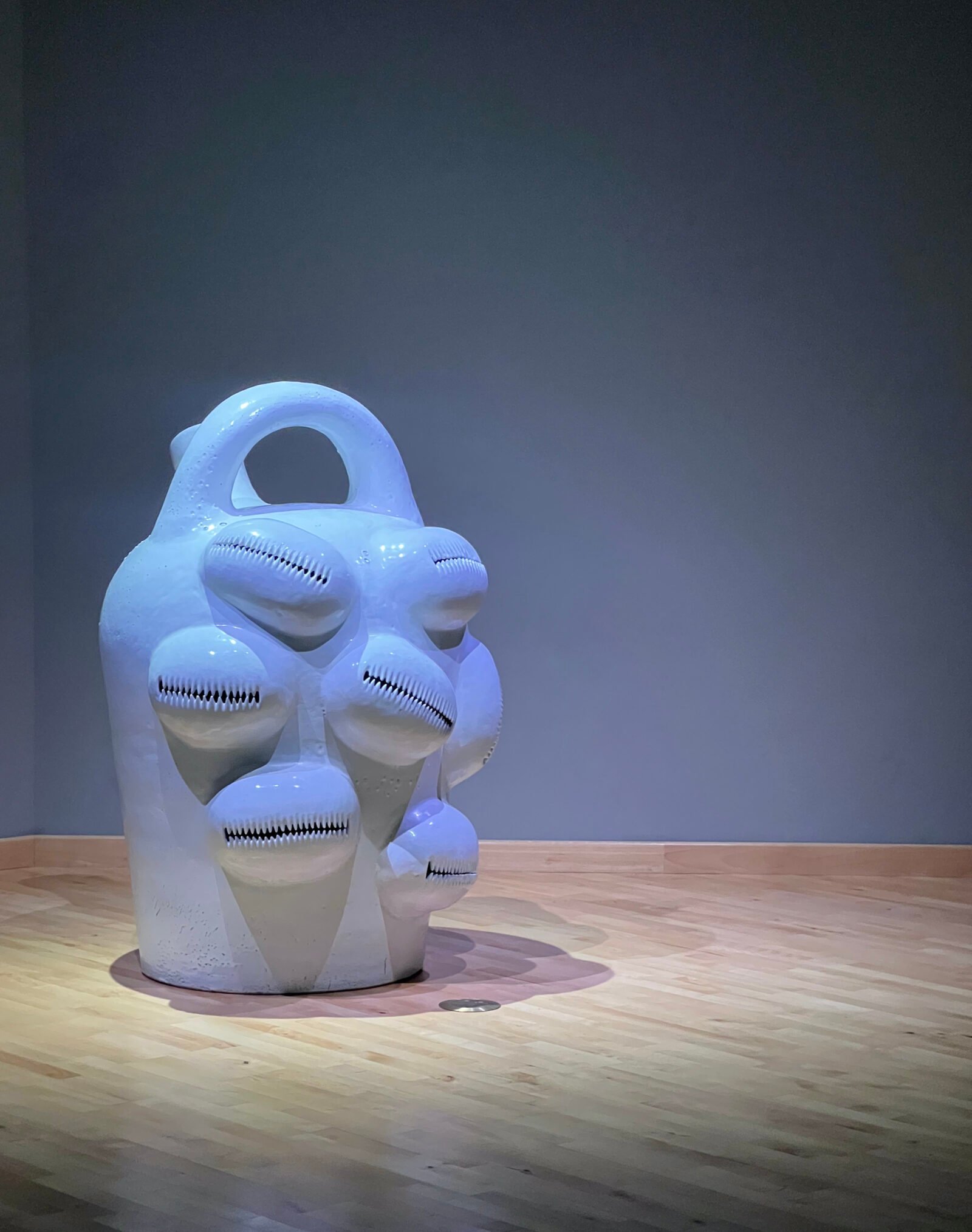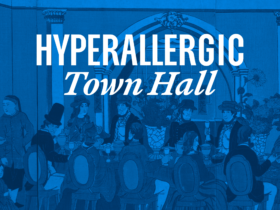LOS ANGELES — It can be difficult to pull off simultaneous exhibitions of an individual artist’s work. The shows’ conceits may contradict each other, or the curator’s differing visions may cloud the artist’s true intentions. Simone Leigha traveling exhibition that can be seen simultaneously in the Los Angeles County Museum of Art (LACMA) and the California African American Museum (CAAM), makes it work.
The comprehensive and thought-provoking exhibition spans nearly 20 years and includes work from Leigh’s 2022 Venice Biennale presentation. The synchronized presence in two distinct settings – one that honors the Black American story and one, located near the glitzy Beverly Hills, which presents contemporary art of the highest caliber to Los Angeles – brings into focus the ideas that Leigh’s work deliberately contradicts. By presenting a coherent exhibition split into two differently coded locations, it demonstrates the futility and ignorance in prescribing a definitive role for the black feminine in a postcolonial world. Yes, this is black art. Yes, it is aimed at the black woman. Yes, it delves into the roots of a widespread diaspora. Yes, it’s clearly American. And yes, it’s for you, even if you’re none of those things.

Leigh’s work explores critical components of sculpture through her distinctive use of clay as a medium that emphasizes the forging of form. By exaggerating or downplaying specific aspects of famous figures, she draws attention to the fact that it is a creation – and not a truth. In one work at CAAM (“Jug”, 2022), molds made from watermelons are used to make porcelain cowrie shells. Cowrie shells were a highly prized currency on the African continent, while watermelon was long used as a weapon to degrade the stolen Africans enslaved in the US. In “Jug,” Leigh transforms ridicule into riches, bridging a gap between American black and African black values.
Her work also stimulates the relationship between architecture and people. Is architecture designed to bring out our imagination or to restrain us? When we present ourselves or introduce others, we create a platform for perception. But do we do that in a supportive or restrictive way? Her sculptures of black women are sturdy and stoic, and larger than life – bodies as shells, the black feminine as a supporting pillar. “Sharifa” (2022), a bronze sculpture almost 3 meters high and 1.20 meters in diameter, stands high above the viewers with a modestly bowed head. It seems like nothing but heavy machinery or a natural phenomenon could topple it. Yet many of Leigh’s works, including ‘Sharifa’, are based on real people – other artists – with feelings, goals and hardships. It reminds of a line from When rain clouds gatherthe first novel by the famous South African writer Bessie Head: ‘They were affected by the same ailment: loneliness. But if a grown woman cried, all those hot tears could melt the iron rod that formed her spine.”

She magnifies the solidity of her sculpted black women – physically heavy and imposing in size, iron bars and spines – but does not sexualize them. Their curves are not lewd, but rather geometric, fundamental, protective, strong and often purposeful; this is Leigh’s architecture at work. They are beautiful and present and take up space, but they do not belong to the viewer. Their sense of privacy and unknowability even arouses a certain amount of jealousy in me. Take “Bisi” (2022), a looming armless bust with a mannequin-like head whose lower half resembles the hidden skirt of the Sugar Fairy from the Nutcracker. Facial features do not betray her anonymity, so her story remains her own. Most of Leigh’s sculptures have vague features that, for me, erase the importance of the viewers’ perception of them. All of Leigh’s figurative sculptures seem to be first and foremost her own (even if one might take refuge in her bell shape), as they challenge viewers to wonder if they can say the same thing.
“Conspiracy” (2022) at LACMA, one of three video works in the show (the other two are at CAAM), projects images of Leigh and her assistants, interspersed with views on entombment, death, archaeological excavations and anthropological studies. Scenes of clay working alternate with images of mummification and the unpacking of artefacts and rituals, filmed on remote islands. “Breakdown” (2011), a collaboration with artists Liz Magic Laser and Alicia Hall Moran, could represent the artists’ interior monologue in “Conspiracy”; The video shows a black woman in an ornate theater, singing operatic performances – a Western art – and decrying how she has to constantly perform to feel accepted. CAAM’s other video work (“my dreams, my works must wait until after hell”, 2011), a collaboration between Leigh and Chitra Ganesh under the name “Girl”, is so subtle that it could be mistaken for a still. A black woman lies on her side and looks away from the viewer, her head disappearing into a pile of rocks. The only evidence of movement are the small ripples her skin makes from silent but seemingly labored breathing. It is an anguished kind of peace. This sentiment ties all three video installations together and perhaps encapsulates part of Leigh’s own artistic journey. It mimics the fear and anguish that artists experience in creating something unique that will inevitably be judged, that will be dug up by strangers to see if it fits within their parameters of ‘good’.
There is an outdoor sculpture at both locations, allowing passers-by to become acquainted with Leigh’s art. I find something poetic about this arrangement. Within its walls are works of historical commentary, impressive in size and weight. Outside, a single work rests, free to breathe the air amid the architecture of nature, its solitude transforming it from sculpture to monument.



Simone Leigh continues at the Los Angeles County Museum of Art (5905 Wilshire Boulevard, Mid-Wilshire, Los Angeles) and California African American Museum (600 State Drive, Exposition Park, Los Angeles) through January 20, 2025. The exhibition was organized by the Institute of Contemporary Art/Boston and co-presented in Los Angeles by Taylor Renee Aldridge (CAAM), Naima Keith (LACMA), and Rita Gonzales (LACMA).













Leave a Reply